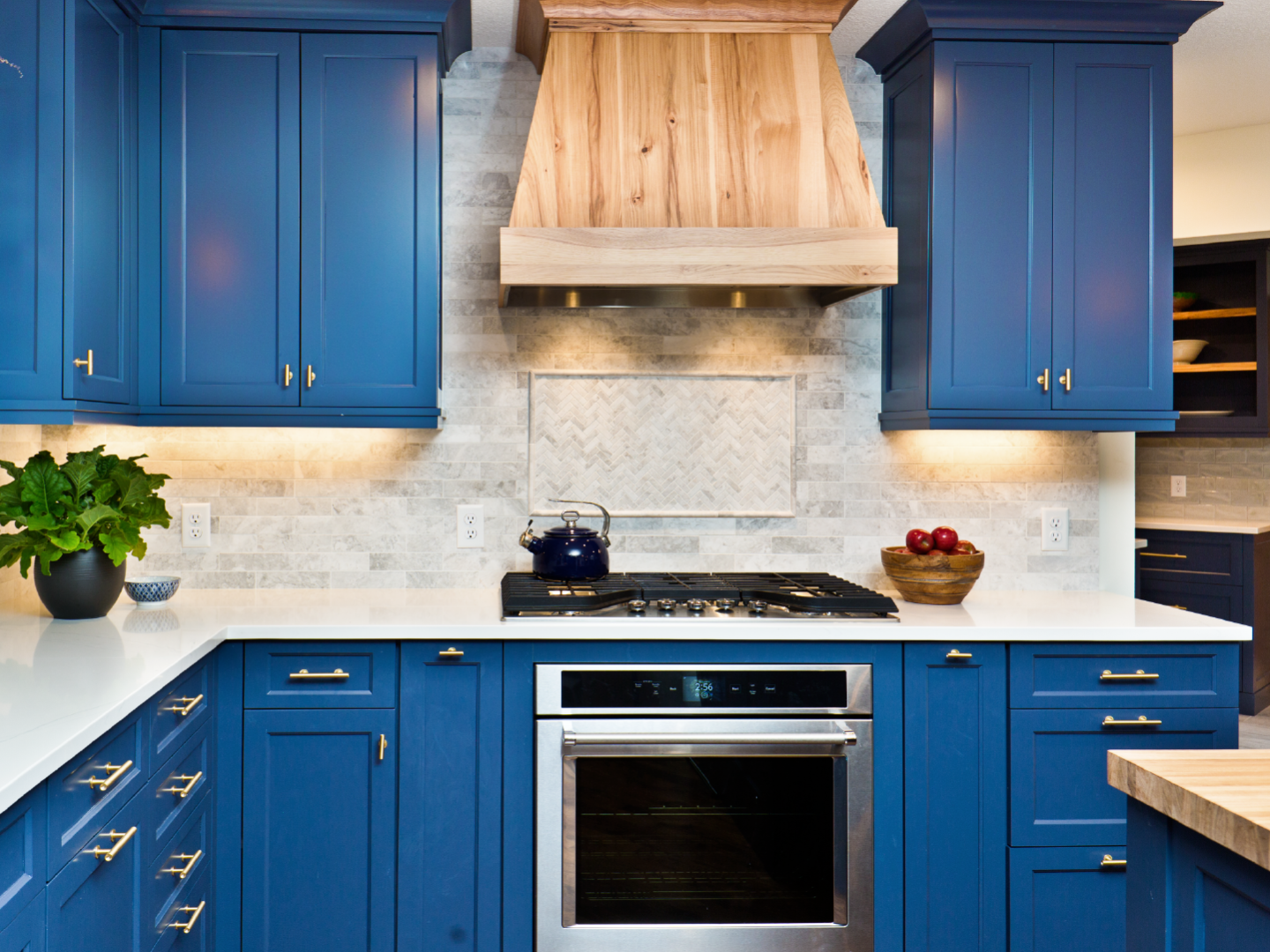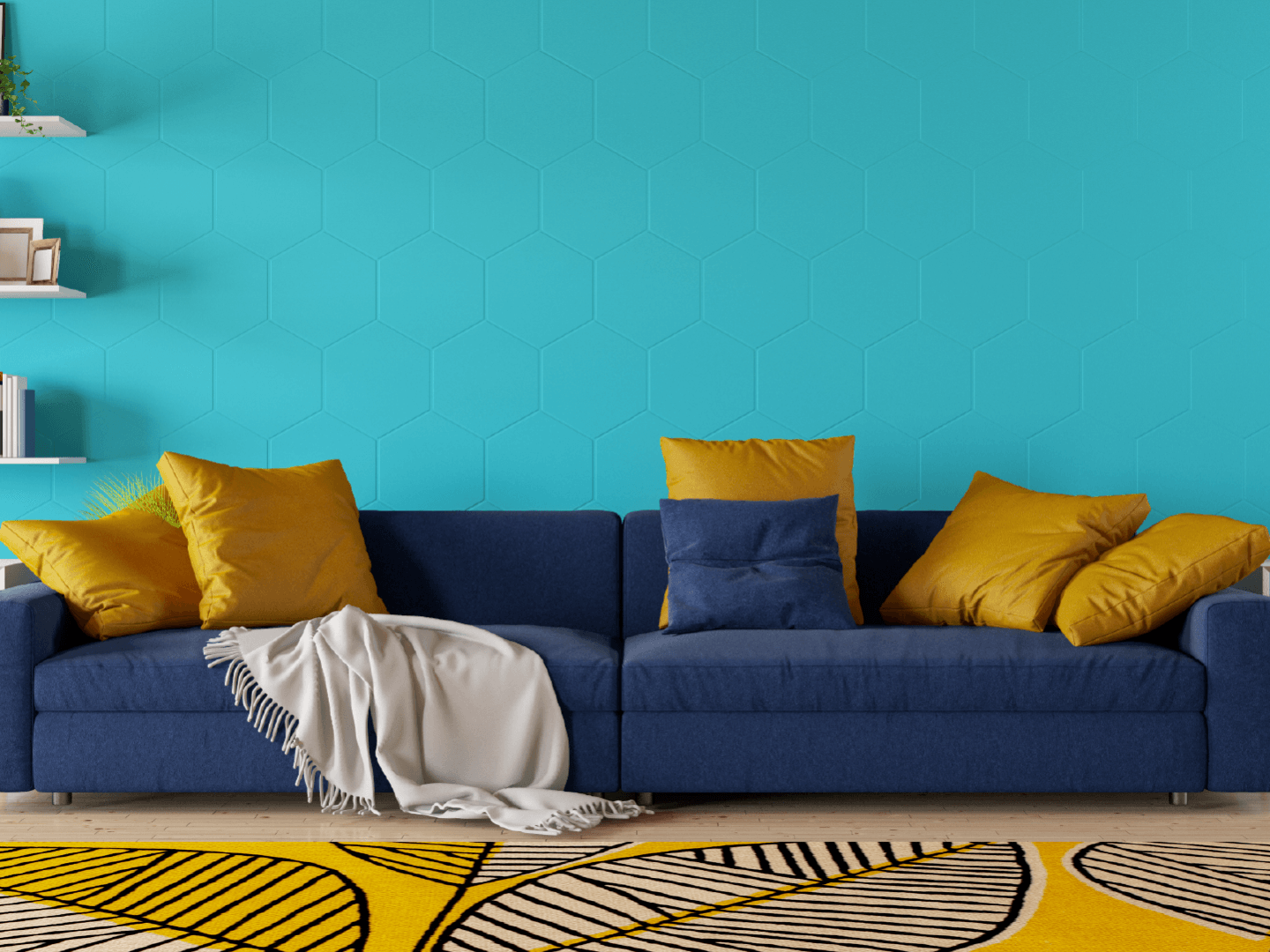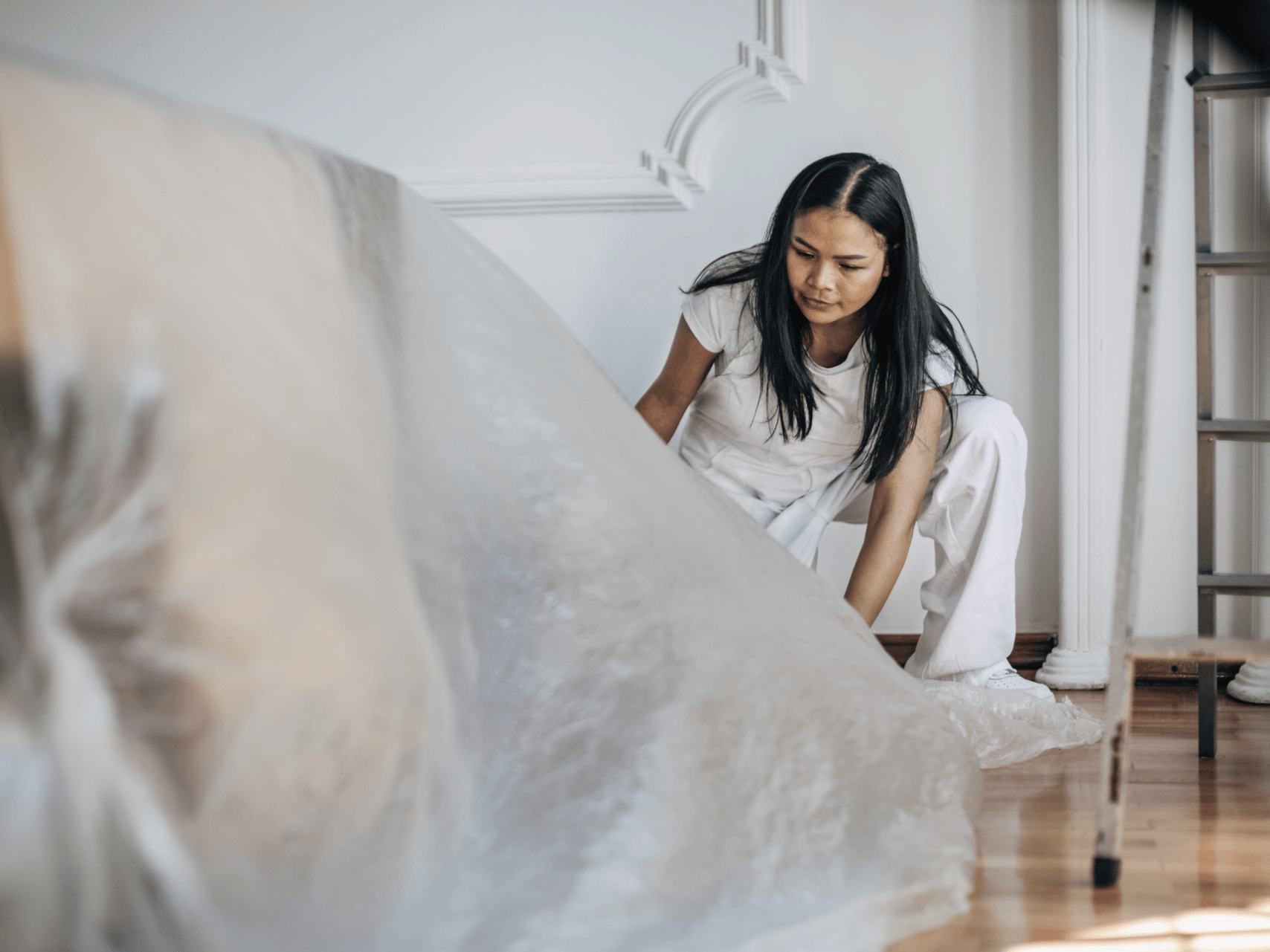What Color for My Child’s Bedroom?
The Basics of Color Theory
As a parent you want the best for your children. So why not give them a bedroom that nurtures their brain development, improves their overall behavior, and reduces anxiety? Psychology case studies on color theory note various responses in the behavior of babies, young children, and even teenagers.
Makley Painting in Central Ohio can help with your next painting project, from painting a nursery, a toddler’s playroom, or your teenager’s bedroom. Makley Painting can create an environment for your child that is conducive for learning, better sleep, and imaginative playtime.
Did you know that the strategic use of color is powerful? This is especially true for young children, because it’s their only way of understanding the surroundings around them. The use of color can play an important role in the cognitive development and motor skills of your child, too. Color can either irritate, or soothe your child, which affects your child’s behavior subconsciously.
The psychology of color helps us better understand what colors to pick for our child’s bedroom according to their age and temperament. In addition to color, interiors can affect a child’s mental health as well. The ceiling height of a room can improve focus, mood, and alleviate anxiety. Also, the younger the child, the simpler the room should be.
Now for some basic color theory regarding babies, young children, and teenagers.
Red
Red is a powerful color because it’s a strong stimulus. It should be avoided for most children's bedrooms because they typically feel tense and aggressive in red-painted rooms. However, if your son or daughter loves fire trucks, it can be a nice accent color paired with beige, blue, and brown.
Yellow
Yellow is a joyful color. It represents wisdom and kindness. It’s also said to bring warmth, enthusiasm, fun, and inspiration to a child’s bedroom. It symbolically represents daylight, mental and spiritual enlightenment, communication, memory, motivation, and attention. Even so, an intense use of yellow in a room can cause tenseness and anger in children.
Pro Tip: use a combination of blue, green, and yellow for a darling nursery.
Blue
Blue resembles the sky or ocean, so it naturally has a calming effect. The color blue can reduce body temperature, blood pressure, and pulse rate. Thus, it creates a space of comfort and contentment. The color blue is highly recommended in nurseries, since the calming effect can help babies sleep better.
Green
Green is thought to be the most natural, balanced, and relaxing color. Psychologists describe the color green as representing health and peace. There’s a health benefit to the color as well, since it has a calming effect on the nervous system.
Orange
Orange represents happiness, sociability, and warmth. It also increases appetite, and helps kids wake up earlier. It’s the perfect color for introverted kids who have a hard time making friends. This is because the color orange helps with self-confidence, independence, and even competition. It’s an ideal color for a children's playroom.
Purple
Purple is elegant and fragile. It evokes creativity and calmness. The color purple also contributes to physical and spiritual serenity. Purple is especially good for children with an expressive personality and hyperactive temperament.
Pink
Pink can be relaxing, warm, and feminine. Psychologists say that pink is a strong color. Pink gives off warmth and peace. What little girl doesn’t love pink?
Brown
Brown is reliable, warm, and positive. Brown evokes peace and serenity. It’s a great choice for teenagers since it’s down-to-earth. The color can also help teenagers in their studies, because brown promotes responsibility. It also encourages healthy friendships among teenagers because the color is said to elicit a sense of protectiveness.
To summarize, color plays an important role in the development of your child at an early age, or the teenage years. Nevertheless, maybe your child is older and strong-willed, and he insists on choosing his own bedroom color. That’s okay, too. Giving your child the choice of their own bedroom color might just give them that freedom they might need. Ultimately, it comes down to individually knowing your children and their unique needs. Giving children a positive environment where they can easily play, learn, and sleep has beneficial outcomes that will result in happy and healthier kids.





